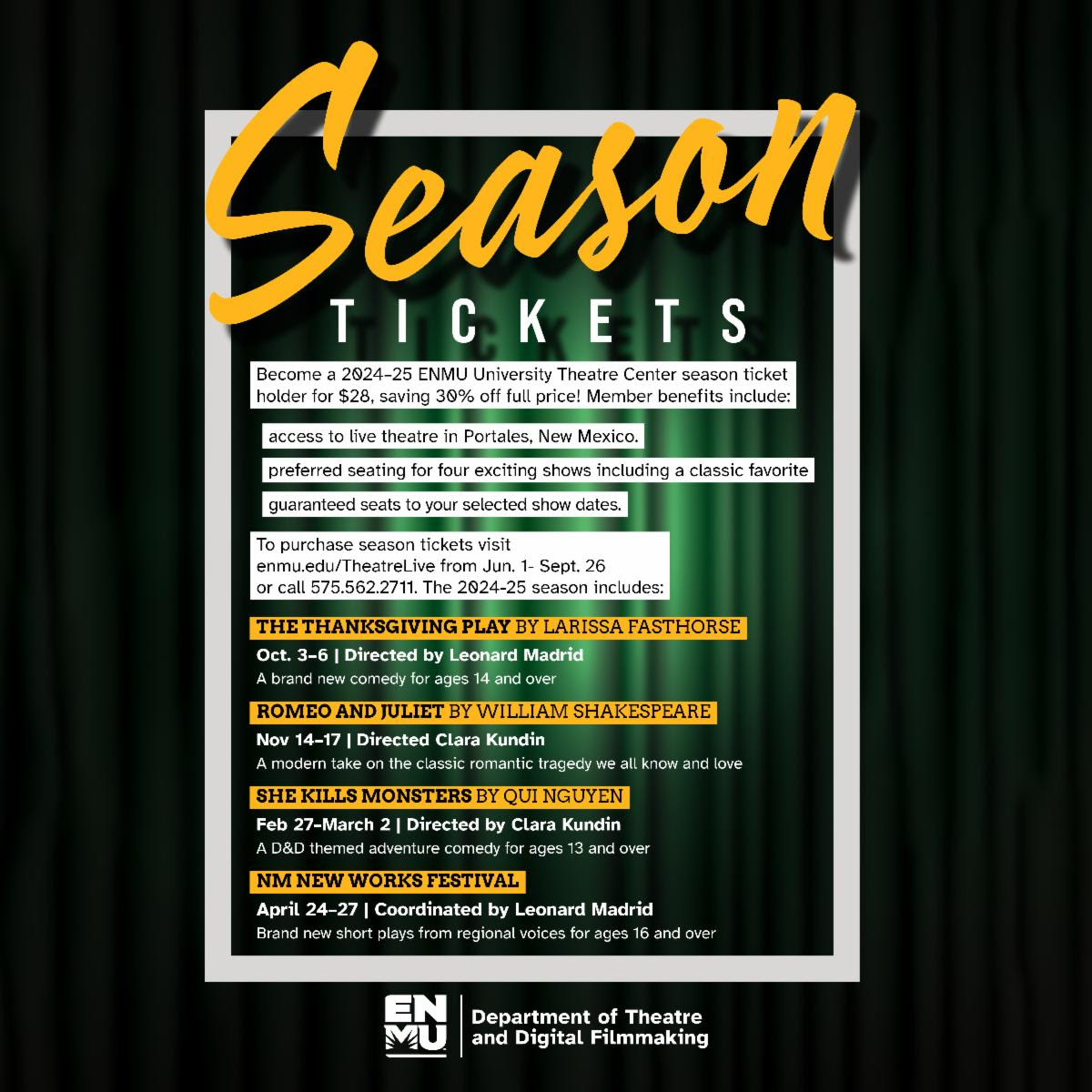On July 3, 1929, a bloated, fly and maggot-infested, headless corpse of a man was found in Taos. The corpse belonged to 70-year-old Arthur Rochford Manby (allegedly, that is). It was discovered by two lawmen, who found it on a cot in his 19-room Taos Spanish hacienda. His disfigured head was on the floor in an adjoining bedroom. The only potential witnesses were two dogs in the house. The potential suspects, however, were nearly countless.
For decades, any mention of Manby’s death was said to bring bad luck. We’ll take our chances!
 The short, round, self-proclaimed entrepreneur from Britain, who often wore English-style riding pants, a floppy-brimmed hat and a pistol around his waist, had few friends, if any. What he did have were many enemies.
The short, round, self-proclaimed entrepreneur from Britain, who often wore English-style riding pants, a floppy-brimmed hat and a pistol around his waist, had few friends, if any. What he did have were many enemies.
Some people wondered if the slippery con artist didn’t fake his own death. From what we’ve read, it certainly wouldn’t have been out of the realm of his character to pull off such a heinous act. Nevertheless, let’s continue…
As we said, it was no secret that Manby was not very well liked. Honestly, that’s probably putting it lightly. Some people even deemed him as the most-hated person in Taos at the time. He was known for being a jerk and a loner.
He swindled people of their land and sold parcels he had no rights to. He made shady backroom deals regarding land grants, mines and water rights. There are even some accounts claiming he had corrupt Santa Fe politicians in his back pocket!
Stories about him portray a cocky guy who had no problem stepping on others without hesitation. He saw the vast and wild territory of New Mexico upon his arrival in 1883 at the age of 24 and declared himself its emperor. Manby would go to any lengths to make it so.
“He put himself on a pedestal,” said Taos County Historical Society President Ernestina Cordova, a many-generations Taoseña who heard many a tale about Manby in her youth. Many native Taoseños still don’t like to talk about the stories they were told. Remember, the bad luck thing…
There are books (such as “Headless in Taos” by James S. Peters) about Manby that say he was a trust-fund baby, or a “remittance” man, meaning his family would supply him with money for the rest of his life on the condition he left England never to return. If true, it seems he took them up on their offer, and it also seems his immediate family saw something dark in him that they wanted no part of. Can’t say we blame them if his reputation was correct!
There are other accounts that say after his parents died, Manby and three of his five siblings – Alfred, Charles and Jocelyn – embarked to America in search of new lives. Their exact arrival date to America’s shores is uncertain. And exactly what drew them to the Land of Enchantment is draped in yet another Manby mystery.
There is no cloudiness, however, over what Manby dove into once he was grounded in his new Southwest surroundings: the sale of phony land deeds, alleged membership in a James Masterson-led militia group that incited the 1885 “Ratón riot” over the Maxwell Land Grant, shady ranching deals and the sale of worthless mine stocks. His main interests were in land speculation, mining (including the legendary “cursed” Mystic Gold Mine) and controlling water rights in the Taos area.
The fuse is lit!
Moving through the state, he began ranching and mining with Jocelyn and Alfred, his siblings. They built a ranch at Castle Rock, later to be determined that it sat on the Maxwell Land Grant. After moving up to Taos, for whatever reason, he established several New Mexico land companies, including the Taos Land Company and the Colonial Bond and Security Company.
One of his visions was to create gardens and a grand hotel for tourists.
As relayed by Taos historian Bob Romero, that spot became known as the Manby Hot Springs, a small group of springs that emerge at river’s edge between the John Dunn and Río Grande Gorge bridges. Manby never got the financial backing needed for such an endeavor. And, again, it wasn’t his property for the taking anyway…
Through manipulation, the land grabber acquired the Antonio Martinez land grant in 1913 and more and more parcels, including along Paseo del Pueblo Norte into what is now Kit Carson Park. He is credited with planting the trees there and on “Pueblo Road” (as it’s etched into his tombstone just outside the entrance to Kit Carson Memorial Cemetery) – possibly his only positive actions. Though it stands to reason, he had help. Some historic accounts say Tony Lujan, husband of Mabel Dodge, chipped in.
“He and Teresina [Ferguson] strong-armed the town,” stated Taos Historic Museums Board President Margo Gins (fourth-generation Taoseña, granddaughter of Taos Society of Artists founding member Bert Phillips and great-niece of Thomas P. “Doc” Martin). Her father, William Beutler, and grandmother, Margo Phillips Beutler, told Gins stories about the man the town despised.
“In a nutshell, everyone in Taos hated Manby and people in those days took matters into their own hands,” she said. “I’ve been told and believe Teresina and her boyfriend/husband – whatever he was – along with her ring of bandidos killed him. He was in love with Teresina, but that wasn’t reciprocated.” (Teresina Ferguson was a Tarot card reader, an alleged swindler in her own right and also a victim of Manby’s cons.)
By the time Manby reached old age, he had left quite a trail of corruption in his wake, including a rumored plus or minus $900,000 debt!
It was also whispered around town that he suffered from syphilis.
Even his henchmen – really another Manby investment sham and shadowy organization known as the United States Civil Secret Service Society – couldn’t (or wouldn’t) protect the odd homebody any longer.
The Crime Scene.
In an effort to try and dig up (pun intended) more information about the crime scene investigation, on the New Mexico State Archives website 59 folders appeared about Manby, with the majority of them being a file for either a civil or criminal case involving him. That set the stage for a reality check that this man was just as notorious and awful as we expected!
That early July in 1929, U.S. Deputy Marshal Jim Martinez from Santa Fe approached Manby’s doorstep to serve the, by then, mostly reclusive and paranoid outcast, legal papers related to the renewal of a lawsuit Manby lost. After receiving no answer, the Marshal headed over to the courthouse on Taos Plaza to see if anyone around there knew of Manby’s whereabouts.
As chronicled by Taos author Frank Waters in his 1973 book, “To Possess the Land,” Martinez asked Taos Deputy Sheriff Malaquias Martinez – his brother – if he had seen Manby that day. Malaquais informed Jim that a man standing with them named George Ferguson (Teresina Ferguson’s nephew) stated he thought Manby was dead, adding, “Flies are swarming all over the back screen door.”
No one questioned how Ferguson was privy to that knowledge. If you ask us, we think he probably should’ve been…
The three men then returned to the Manby home, which is now the site of the Taos Center for the Arts and Stables Gallery right next door to the historic Taos Inn (in part the home of Doc Martin at that time). The rumor of Manby’s death spread faster than a wildfire, by the time the three men arrived at the hacienda, a crowd was already forming. His neighbor Doc Martin was one of the onlookers!
Along with onlooker Carmen Duran, the Martinez brothers and George Ferguson bypassed the front door, walked around the high adobe wall, scaled it and entered the rear patio of the front wing of the house. At that moment, Duran announced he had a key to the back door…. Hmmm
Again, there is no record of anyone questioning how he came into possession of that key.
No doubt the gruesome scene and heavy air filled with a putrid stench stopped them in their tracks. Lobo, one of the dog’s suspected of being the only witnesses, was beside his master’s body that lay on the cot. Duran led the dog outside, according to Waters, where Malaquais Martinez shot him. The other dog – unfamiliar to the men – was tied up outside, its life spared.
Des Georges, a Taos politico, entered and, along with the other men in the house, formed a coroner’s jury right there on scene.
The group declared that natural causes explained Manby’s demise. The matter of his head, they deduced or just conveniently decided, was from the dogs gnawing it off. Likely not, however…
After that, Jim Martinez washed his hands of it and returned to Santa Fe.
From that day on, some Taoseños were convinced Manby was murdered. Others couldn’t shake the belief that the much-abhorred Englishman staged his own death. Some people are said to have sworn they saw Manby in town the next day. Even state newspapers and the Kansas City Star were covering the story.
“Everybody’s got an opinion about Manby,” Gins said. “So much of it was hidden from the outside world. He was dead. He was not walking around the next day.”
Forensic science was still in its infancy. There was no blood analysis, no DNA testing and Manby’s fingerprints weren’t even on file. A full-fledged mystery was born.
Cause of Death Under Contention
Manby’s family sent letters to then-New Mexico Gov., R.C. Dillon asking about why there was no investigation of murder. A Santa Fe New Mexican op-ed and a letter from the British Consulate in Galveston, Texas, also questioned the quick and thin investigation. The besiegement prompted Dillon to have the body exhumed on Aug. 21, 1939.
Martin said the body was indeed Manby’s.
Dr. Fred Muller, a dentist, certified that the dentures were the ones he made for Manby. A blacksmith named Hinde verified that a diamond stickpin, which was still attached to Manby’s red long underwear, and three rings belonged to the deceased. The group, including Detective H.D. Martin, who was sent by the feds, looked over the remains, noticing the top portion of the torso had been cut near the broken collar bone, two ribs were busted and there were seven bullet holes on the left side of the chest. As for the head, they reported that the lower jaw and right side of the face had been shot away, not eaten away.
“Oh, it was Manby all right,” said Gins without hesitation. Her father was a kid back then. He sat across the street on the wall surrounding the outside of the Phillips’ house and watched the entire commotion.
“My grandparents had just built their house,’” Gins recalled. “In that house was a cellar that is now the entrance below the dining room. The feds sent in several detectives. My great-uncle, grandfather and others – including the mayor and some people from the Pueblo – all agreed to hide Manby’s body in that cellar. They felt the death could’ve become a problem with England. They buried it and after two days put it where it is now.”

At the behest of Teresina Ferguson, three men were held for questioning, but she later inexplicably bonded them out, even though they offered no alibi for June 30 and July 1 (the suspected time frame of the crime).
“I am certain that Teresina and her boys – her thugs – killed him,” Gins said. “I’m sure of that from my family’s memories, but I have no proof.”
The next night after the men were freed, according to Waters’ research, Detective Martin found a threatening note slipped under his hotel room door telling him to back off and leave Taos. He brushed it off and continued his investigation.
Following leads, he concluded in a letter to Gov. Dillon dated Feb. 25, 1930, ruling the death murder with “robbery, jealousy, fear and vengeance” as motives.
Det. Martin’s suspects were Duran and his brother, George, and Teresina and George Ferguson.
He ended the letter stating, “I do not see any mystery to the A. R. Manby case. If less publicity, less talk and more work was done, the guilty party could be brought to justice without much time.”
But with no funds to keep the investigation going and no further interest in the case from federal agencies, the Manby death was basically swept under the rug to forever live as a real life whodunit!
Original Article By Scott Gerdes (special@taosnews.com)






































